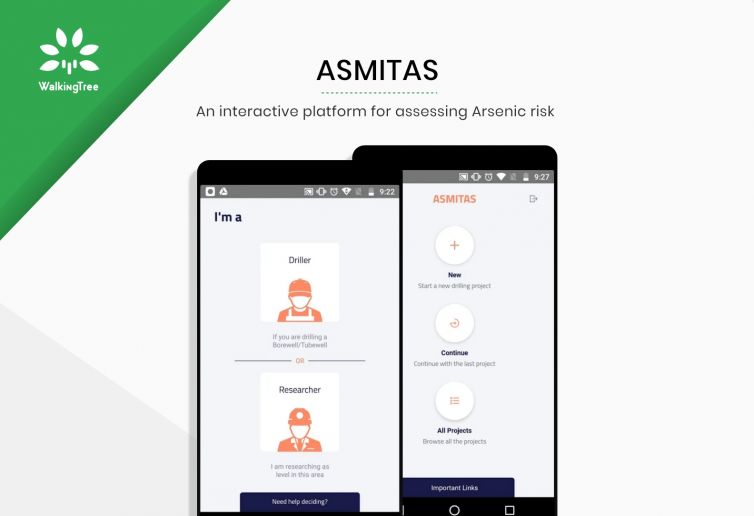THE ARCHITECTURE OF MICROSERVICES
Our competitive cloud-native application development approach helps in application development in agile flow on a cloud platform that leverages the cloud infrastructure potential. Utilizing new tooling and advancement procedures like microservices and containers, cloud-native applications turn out to be substantially simpler to change and time-to-market is accelerated. Our professional cloud applications development ensures reduced equipment dependencies while offering high adaptability, dexterity versatility, and resilience.
WHY GO CLOUD-NATIVE?

SPEED
Incorporating advanced testing frameworks with deployment helps in making fast deployment, updates and enhancements.

EFFICIENCY
Streamlines operations and optimizes resources through advanced application management with integrated monitoring services.

SCALABILITY
Microservices architecture offers high scalability of applications and ensures independent recovery as and when required.

AUTOMATION
Adopting DevOps methodology lets you utilize the automated delivery and infrastructure changing process.
WHY US?
Our fully managed end-to-end services accelerate your transformation to the cloud-native architecture to avail a competitive advantage and drive better business value.
Built for high scalability and flexibility

For high productivity
DevOps methodology is an essential aspect of best application development. It encourages a continuous technology flow by integrating deployment, QA, and operations rapidly for your product development. Teams who adopt the DevOps methodology have shorter release cycles and quicker time-to-market without quality compromise.

For efficiency
The Microservices architecture is a software development infrastructure where a large application is built as a suite of small modular services that are independent and scalable. This evolutionary architecture of loosely-coupled microservices makes software development and maintenance effortless and improves the fault tolerance ability, making the system more resilient.

For agility
Containers serve as lightweight and portable wrappers that run individual Microservices. The automation permits the dynamic creation or destruction of containers based on the load. This quick formation of containers guarantees higher versatility and accessibility of Microservices that brings out the best in your products.





